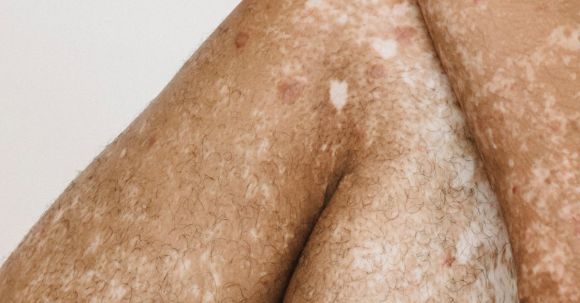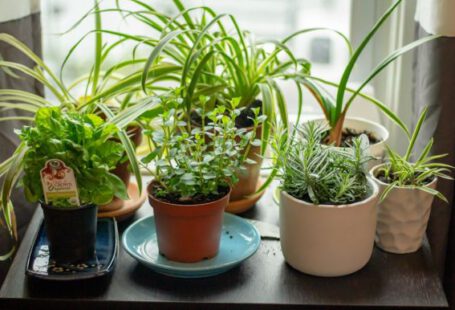Having a lush, green lawn is the dream of every homeowner. However, patchy spots can quickly ruin the aesthetic appeal of your outdoor space. Fortunately, there are several effective methods you can use to fix these unsightly areas and restore the beauty of your grass. In this article, we will explore some simple yet effective techniques to help you achieve a healthy and vibrant lawn.
Identify the Cause
Before you can effectively address the patchy spots in your grass, it is essential to identify the underlying cause. There are several factors that can contribute to the development of these bare areas, including:
1. Soil Compaction: Heavy foot traffic or constant use of heavy equipment can lead to soil compaction, which prevents grass roots from receiving adequate nutrients and water.
2. Thatch Buildup: A thick layer of thatch can prevent water and nutrients from reaching the soil, resulting in patchy spots.
3. Poor Drainage: Inadequate drainage can lead to water pooling in certain areas, causing the grass to die off.
4. Pest or Disease Infestation: Insects or diseases can cause significant damage to your lawn, resulting in patchy spots.
Once you have identified the cause, you can proceed with the appropriate solution to fix the problem.
Aerating the Soil
If the patchy spots in your grass are due to soil compaction, aeration can be an effective solution. Aeration involves perforating the soil with small holes, allowing air, water, and nutrients to reach the grass roots. You can rent or purchase a lawn aerator from a local garden center to perform this task. After aerating, make sure to water the lawn thoroughly and apply a layer of compost to promote healthy growth.
Dethatching
If thatch buildup is the culprit behind your patchy spots, dethatching is the way to go. This process involves removing the layer of dead grass, roots, and debris that accumulates between the soil and the living grass. You can use a dethatching rake or a power dethatcher to complete this task. Once the thatch is removed, water and fertilize the lawn to encourage new grass growth.
Improving Drainage
If poor drainage is causing patchy spots in your lawn, you can take steps to improve the situation. One effective method is to create a drainage system by installing French drains or adding drain pipes. These systems will help redirect excess water away from your lawn, preventing waterlogging and the development of bare patches.
Pest and Disease Control
If the patchy spots are a result of pest or disease infestation, it is crucial to address the issue promptly. Identify the specific pest or disease affecting your lawn and use the appropriate treatment methods. This may involve applying insecticides or fungicides specifically designed for lawn use. Additionally, make sure to follow proper lawn care practices, such as regular mowing and watering, to prevent future infestations.
Maintaining a Healthy Lawn
Prevention is always better than cure when it comes to maintaining a healthy lawn. To prevent patchy spots from developing in the future, follow these essential lawn care practices:
– Regularly mow your lawn at the appropriate height to promote healthy growth.
– Water your lawn deeply and infrequently to encourage deep root growth.
– Fertilize your lawn regularly with a balanced fertilizer to provide essential nutrients.
– Overseed your lawn annually to fill in any thin areas and prevent patchy spots from forming.
By following these tips and techniques, you can effectively fix patchy spots in your grass and achieve a vibrant and healthy lawn. Remember, consistency is key when it comes to lawn care, so be diligent in your maintenance efforts to enjoy long-lasting results.





